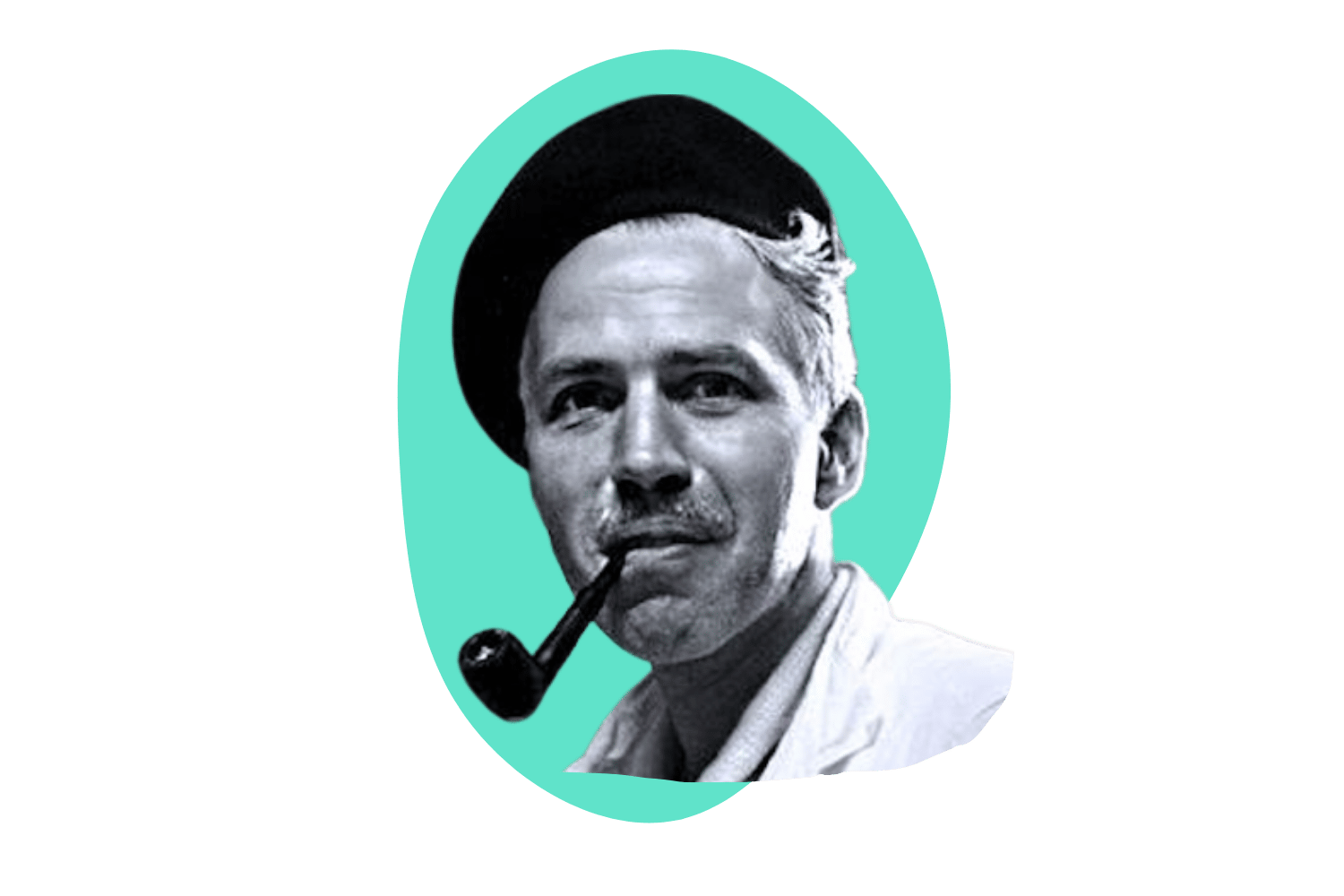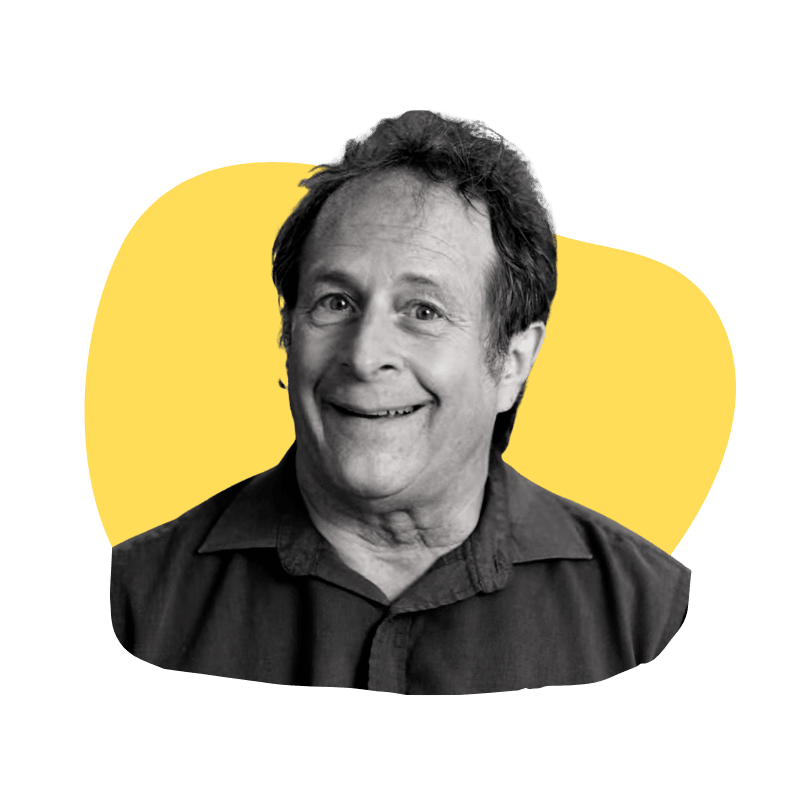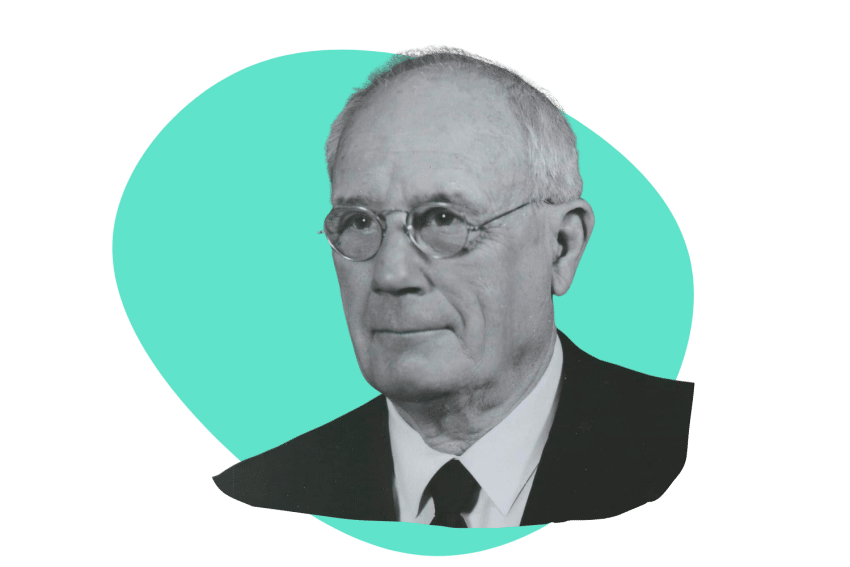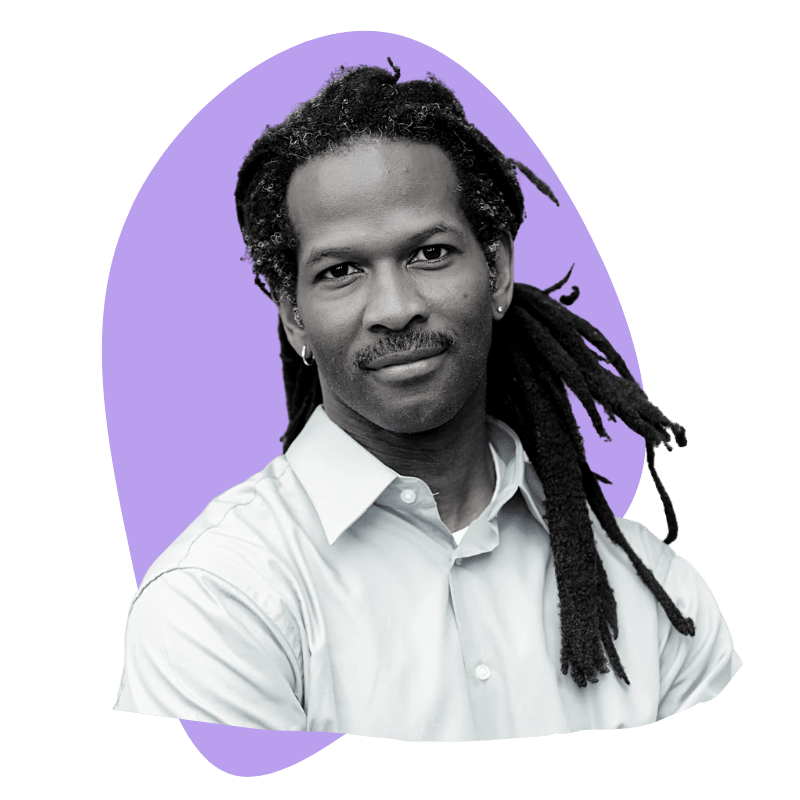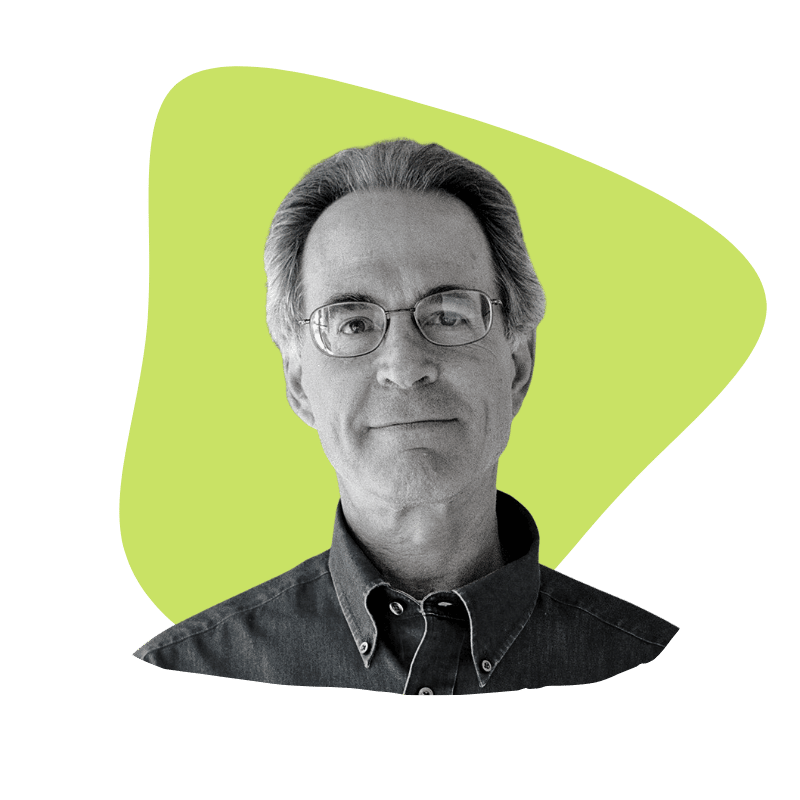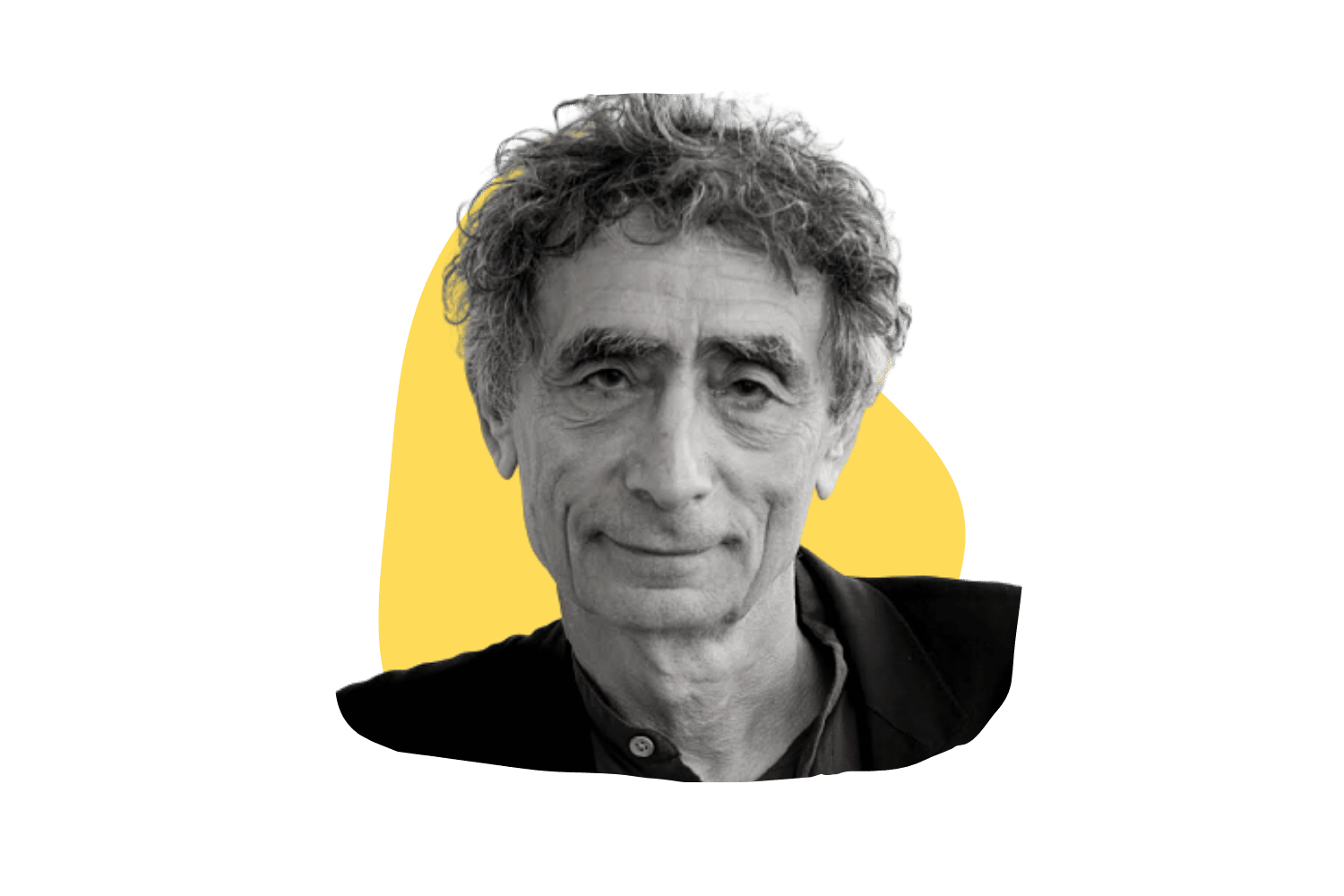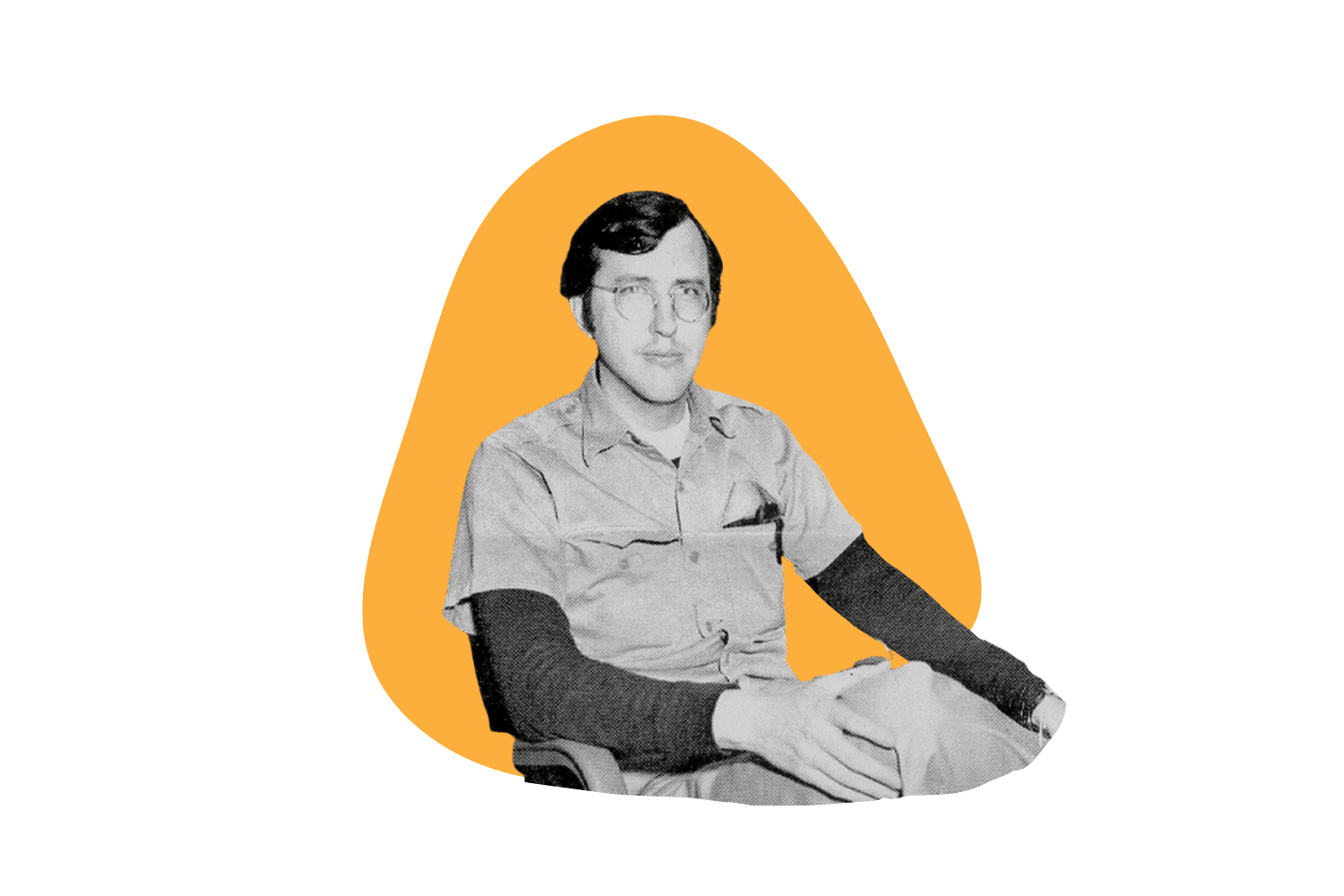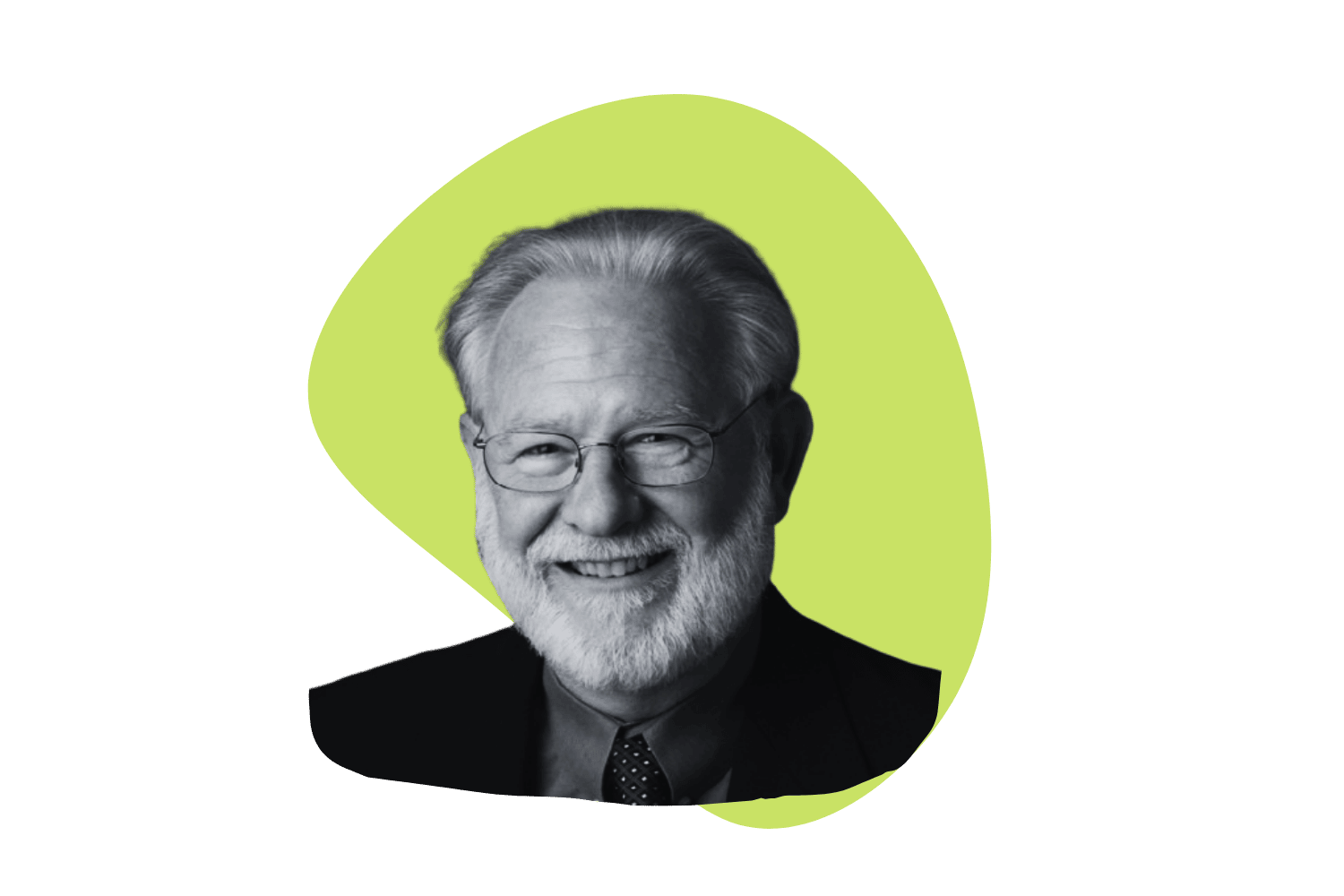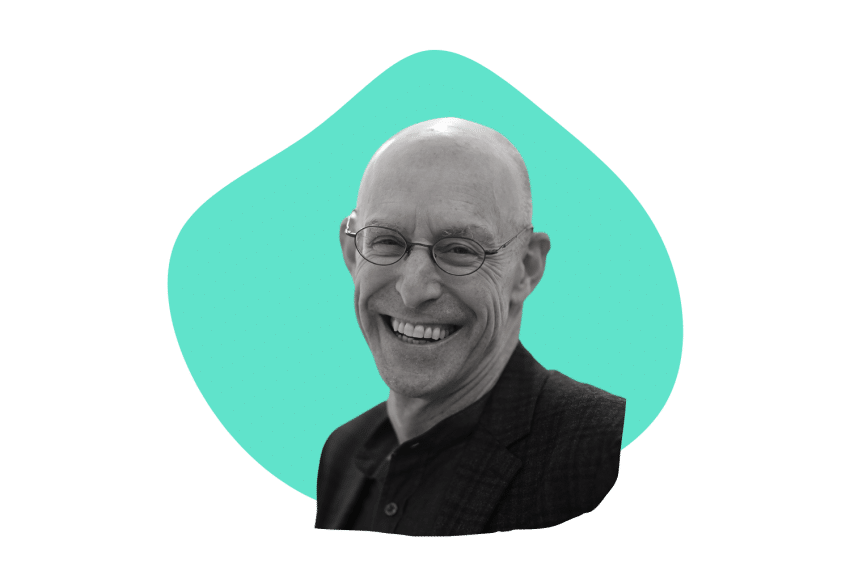Timothy Leary: Books, Lectures, & LSD
“Turn on, Tune in, Drop out.”
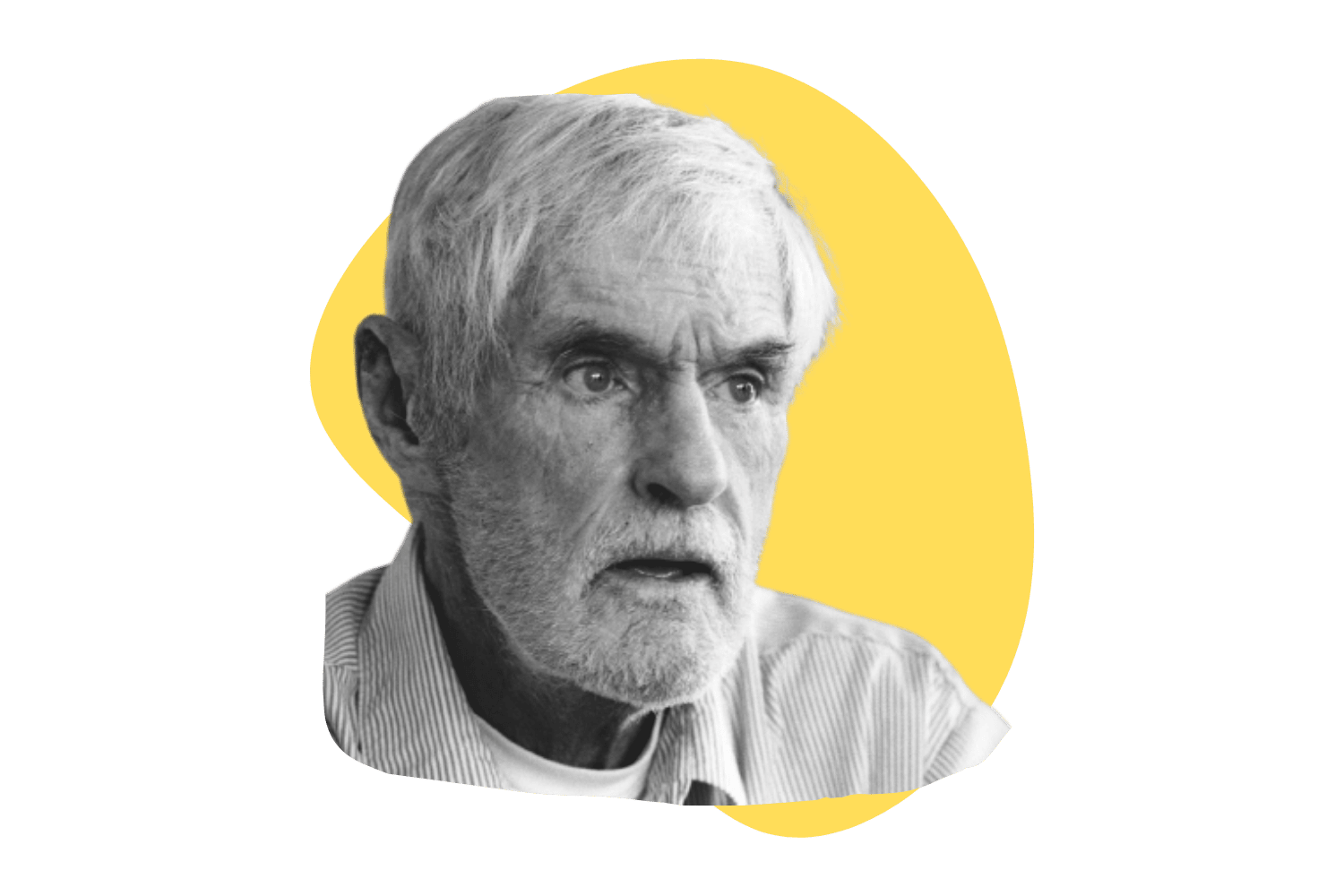
There are few names as pervasive in the psychedelic space as Timothy Leary.
He was the ultimate authority on the use of LSD and psilocybin in the 1960s and was one of the driving forces behind the emerging counterculture and one of the primary contributors to the pool of research on psychedelics that our current understanding is built off to this day.
Here, we’ll cover Timothy Leary’s life, death, achievements, famous quotes, most famous books, and lectures, and more.
| Birth & Death | October 22, 1920 – May 31, 1996 |
| Personality Type | ENTP | 7w8 |
| Occupation | Psychologist & Writer |
| Nationality | American |
The Life of Timothy Leary
Timothy Leary was a respected psychologist and researcher, a prolific writer and public speaker, a convicted felon, and one of the leading voices behind the counterculture in the 1960s.
He has married a total of 5 times, declared the most dangerous man in America by Richard Nixon, spent four years in jail (two of which in solitary confinement), escaped jail once, ran for governor of California, and was the first person to be “buried” in space along with Gene Rodenbury and several others.
Leary was never interested in being another “cog in the machine” and rejected authority repeatedly — seeking to live his life the way he wanted to and breaking free from the molds he felt society placed on its members.
Timothy is most famous for his strong advocacy for psychedelic drugs and his role in the infamous Harvard Psilocybin Project and the Good Friday Experiment. He’s also credited with creating the slogan “turn on, tune in, and drop out.”
Leary’s Early & Academic Life
Timothy Leary was born in 1920 in the state of Massachusetts to catholic parents. When he was older, he joined the Army after being pressured by his father.
Leary quickly showed contempt for authority and received numerous infractions and demerits for breaking the rules. He was eventually honorably discharged, but not without the intervention of his mother, who reached out to a family friend with ties to the military. This was just the first of a string of problems with authority Leary would experience throughout his life. He liked to stir the pot — often walking the line between conformity and chaos.
After the military, Leary immediately enrolled in university, where he gained an appreciation for psychology. He ended up getting his Ph.D. in clinical psychology in 1950 from UC Berkeley.
Unfortunately, Leary and his then-wife, Marianne, had a problem with alcoholism. Marianne was especially depressed, and after finding out Leary had been having an affair, killed herself on his 35th birthday — an event that haunted him for the rest of his life.
In order to support his two children, Leary did his best to conform and maintain some semblance of a “normal” lifestyle. He described himself during this period as “an anonymous institutional employee who drove to work each morning in a long line of commuter cars and drove home each night and drank martinis… like several million middle-class, liberal, intellectual robots.”
In 1957, Leary published his first book, The Interpersonal Diagnosis of Personality, which was recognized as the most important book on psychotherapy of the year.
Two years later, he found himself at Harvard giving lectures on clinical psychology.
Leary’s Introduction to Psychedelics
In 1957, LIFE Magazine published an article by R. Gordon Wasson on psilocybin mushrooms — the same article that sparked the interest in psychedelics by another famous contributor to the psychedelic world — Alexander Shulgin. One of Leary’s colleagues, Anthony Russo, told Leary about it in 1960. This piqued his interest, and he later traveled to Mexico to try them for himself.
This event completely altered the course of his life. When referring to the experience, he says he learned more about the brain and its possibilities in 4 hours on mushrooms than he did in 15 years of academic study.
Once he was back at Harvard, he learned the pharmaceutical company, Sandoz, was providing synthesized psilocybin to anybody willing to publish their research on it for free. Sandoz employed Albert Hofmann, who discovered the molecule. He’s also credited with the invention of LSD, which Timothy Leary would soon grow to appreciate even more than psilocybin.

The Harvard Psilocybin Project
In 1960, Leary managed to get his hands on some of Sandoz’s psilocybin.
He recruited one of his associates — Richard Alpert (who would later be known as Ram Dass) — and formed the Harvard Psilocybin Project. The goal was to study the curious mushrooms and their potential role in psychology.
The project was largely a success. They were the first to publish data on the medicinal applications of the psychedelic experience and were quick to recognize the importance of set and setting.
They also ran the infamous Good Friday Experiment — which explored the idea that psychedelics could help break through the habits that kept getting prisoners arrested. The recidivism rate was just 20% in Leary’s prisoner group, which was significantly lower than the average for the time, which was closer to 60%.
The whole project came to an end when Alpert gave psilocybin off-campus to a non-graduate student. It was a strict part of the agreement with Harvard that only graduate students could take part in the study, and only on university grounds.
Leary left Harvard shortly after the project ended.

Leary & The 1960s Counterculture
Counterculture = a culture whose values and normal behavior are substantially different from mainstream society.
Over the years, Leary became very famous. His ideas on “turn on, tune in, and drop out” became the slogan for the counterculture movement of the 1960s. Well-known musicians started talking more openly about their experimentation with LSD, and millions of young people around the country started joining the causes put forward by members of the erupting counterculture.
During this time, there were a lot of changes to the strict and close-minded ideas held by the mainstream public. Just a few examples include:
- Sexual Liberation Movement
- Hippie Culture
- Environmentalism Movement
- Anti-War Movement
- Anti-Nuclear Movement
- Feminism
- Free Speech Movement
- The Civil Rights Movement
The US government later declared Timothy Leary “public enemy number one” for his involvement as one of the leading figures in the new counterculture.
The use of psychedelics by the youth in America was at an all-time high, and the US government worried about what it was doing to American culture.
In court, Senator Ted Kennedy of Massachusetts once confronted Leary to ask if LSD was “extremely dangerous.”
Leary’s response was, “Sir, the motor car is dangerous if used improperly… Human stupidity and ignorance is the only danger human beings face in this world.” He then pitched the idea that LSD only be available for trained psychotherapists to use as a form of therapy.
This, as you can probably tell, did not work, and LSD was promptly banned in the United States.
Related: What is psychedelic-assisted psychotherapy?
Legal Problems
Timothy Leary spent a total of 4 years in jail, 2 of which were spent in solitary confinement. He was in a total of 40 jails on four separate continents over the years.
So what was the cause of Leary’s legal problems? The LSD and psilocybin he was using throughout most of the 60s were completely legal.
His first charge was for marijuana possession, for which he was sentenced to 30 years in jail, fined $30,000 (equivalent to around $250,000 today), and ordered to undergo psychiatric treatment for his “addiction.” He managed to escape his sentence by claiming that the Marijuana Tax Act of 1937 that enabled him to be charged was a violation of the fifth amendment.
He eventually won the case but was later convicted on a separate marijuana possession charge in January of 1970. He was given 20 years for that arrest.
After entering the prison system, Leary was given a psychological evaluation — one that he helped create. Using his knowledge of the system, he answered the questions in a way that earned him a position as a gardener at a low-security prison.
He then used this opportunity to escape in September 1970.
Leary and his wife (Rosemary) escaped the US to Algeria, where they sought refuge among members of the Black Panther Party. After essentially being held hostage there, Leary and Rosemary then moved to Switzerland. The Swiss government captured Leary and held him for a month under the request of Richard Nixon in the United States but refused to extradite him.
For the next year, Leary traveled as a fugitive through Europe but was arrested in Afghanistan in 1972 by US federal agents.
Facing 95 years in jail and bail posted at $5 million, Leary appeared to be at the end of the rope.
While in prison, he was sued by the parents of Powell Cox — one of Leary’s former students. Cox had previously attended one of his lectures where Leary had spoken highly of the use of LSD. Cox later jumped out the window of the building while under the influence of LSD and died. Of course, Leary was unable to make it to the court (due to being in jail) and was fined a default of $100,000.
Leary was eventually released from prison in 1976 by governor Jerry Brown.
How Did Timothy Leary Die?
Leary died in May 1996 from prostate cancer.
After getting his diagnosis, Leary contacted his old friends Ram Dass and numerous other companions he’d picked up along his long and tumultuous journey. He began the process of directed dying — which he referred to this as “designer dying.”
This involved looking death in the face and embracing it fully.
He also put together a book that wasn’t published until after his death titled Design for Dying — which described his beliefs around death and suggested that death was a “merging with the entire life process.”
His ashes, along with Gene Roddenberry’s and 22 others, were sent into space. This was the first space funeral in human history.
The Philosophy of Timothy Leary
Timothy Leary was a “devil’s advocate” type of guy. He rejected authority and disapproved of the concept of gurus and formal religion.
He strongly believed in the use of psychedelic drugs like LSD in the use of psychiatry. His own philosophy was developed through the personal “truths” he discovered from his experience with LSD and other mind-expanding substances.
While Leary was an advocate for psychedelics, he only actively advocated for the intelligent use of drugs. He saw the potential they had in therapy and for “turning people on” in terms of consciousness but also often mentions the risks of using these substances recklessly.

The Reality Tunnel
Leary coined the term “reality tunnel” — which was a form of realism. The idea was that the mind creates a set of subconscious filters in the form of personal beliefs and assumptions. Everybody interprets the world differently based on these filters.
In essence, “truth is in the eye of the beholder.”
This idea relates to concepts we’ve only recently discovered about psychedelics and their influence on brain entropy and the default mode network (DMN) — which serves as one of the mechanisms for establishing our beliefs and assumptions that shape our interpretation of the world.

Eight-Circuit Theory of Consciousness
Timothy Leary came up with the eight circuit theory of consciousness. This hypothesis suggested that there are eight periods (circuits) and twenty-four stages of neurological development.
Modern neuroscience has yet to submit any hard, quantitative evidence to support his theory, and the eight circuit theory is now regarded as either pseudoscience or metaphysics.
Here’s what the theory suggests.
There are 8 circuits or “eight brains” in the human nervous system — each corresponding to a different direct experience of reality:
- The vegetative-invertebrate circuit — nourishment, physical safety, & survival
- The emotional-locomotion circuit — domination, submission, & territoriality
- The laryngeal-manual symbolic circuit — language, intention, calculation, mental “map” development of the universe
- The socio-sexual domestication circuit — sexual pleasure & reproduction
- The neurosomatic circuit — feeling high & blissful, somatic reprogramming
- The neuro-electric circuit — reprogramming and adapting the “reality” perceived by all other circuits
- The neurogenetic circuit — this is the part of consciousness that experiences all previous generations
- The neuro-atomic metaphysiological — quantum consciousness & non-local awareness
Circuits 1–4 are active in all people and become active at different stages of life.
Circuits 5–8 are not active in all people.
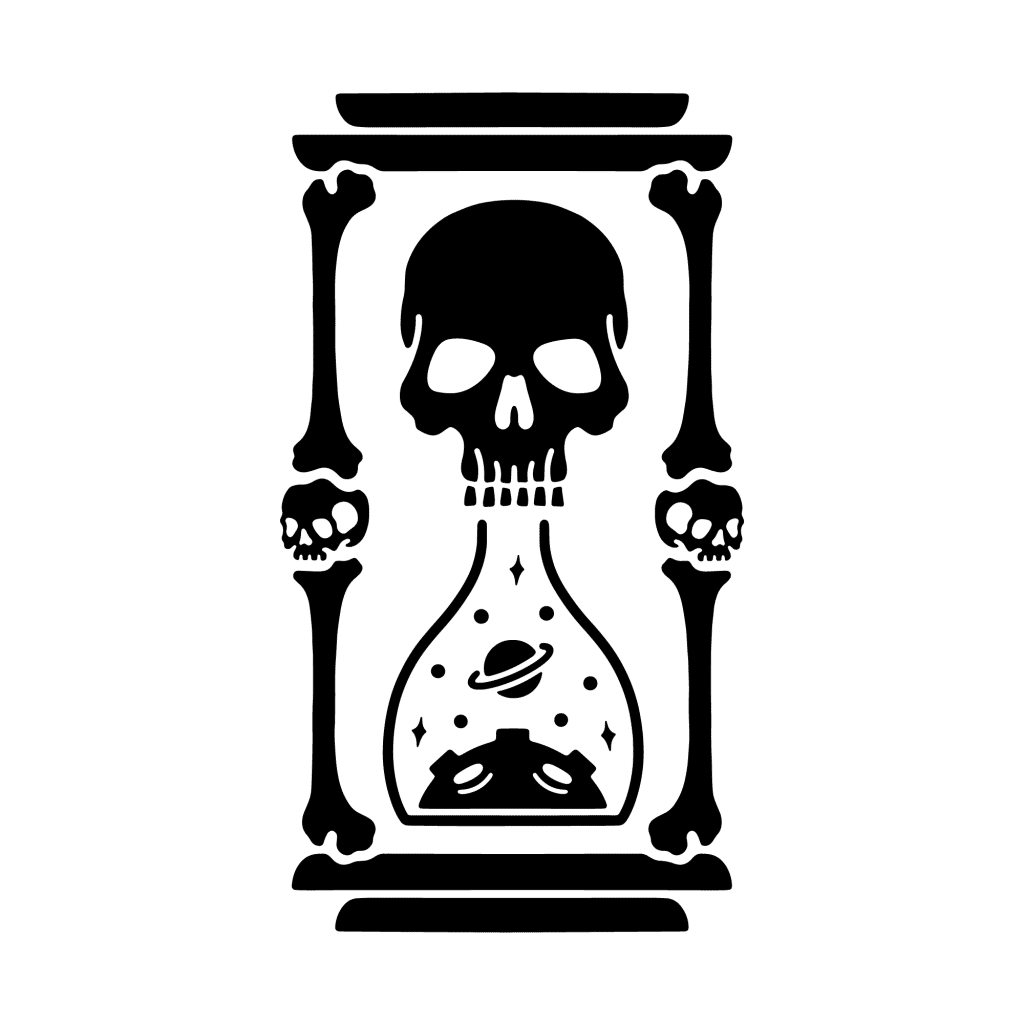
Embracing Death
Leary is famous for the way he handled his own coming death. He’s often referred to death in his writing as an integral part of life itself.
After receiving a terminal diagnosis, he began writing a book outlining his philosophies on death and how to deal with it. The book was called Design for Dying, which wasn’t published until after his death.
In his book, he suggests that death is the “ultimate trip.” He states that upon death, consciousness returns to the nervous system, and we become every form of life that has ever lived and will live.
He offers advice about how to “rehearse for death” through meditation, hypnosis, and the use of certain drugs such as ketamine. He believed ketamine induces what feels like a near-death experience which can help train your mind and body for the real deal.
Leary also outlines some of his predictions for alternatives to biological death — such as cryo-freezing, preservation of DNA, brain-computer transfer, isomorphic mapping of neural networks, and more. He suggested that human beings are made of information, which can be collected and stored using technology.
Best Timothy Leary Quotes
Drugs Are the Religion of the People — The Only Hope is Dope.
We’re all going to die. Why not learn how to do it with class and style, and friendship. As a climactic expression of a life.
Think for yourself. Question authority.
You’re only as young as the last time you changed your mind
LSD is a psychedelic drug which occasionally causes psychotic behavior in people who have not taken it.
Intelligence is the ultimate aphrodisiac
Emotions are the lowest form of consciousness. Emotional actions are the most contracted, narrowing, dangerous form of behavior.
Turn on, Tune in, Drop out.
Grow with the flow
The most important thing you do in your life is to die.
Any reality is an opinion-we make up our own reality
Whether you experience heaven or hell, remember that it is your mind which creates them.
I am 100 percent in favor of the intelligent use of drugs, and 1,000 percent against the thoughtless use of them, whether caffeine or LSD. And drugs are not central to my life.
If you want to change the way people respond to you, change the way you respond to people.
A country run by law is a country ruined by lawyers. It is neurologically impossible for a lawyer or a military man to think creatively or to act in harmony with nature.
Women who seek to be equal with men lack ambition
People ask me how many times I’ve taken LSD —and I don’t count. But it’s the same thing when they ask me how many times I’ve made love. The answer is, not enough.
I’m looking forward to the most fascinating experience in life, which is dying.
People have to go out of their mind before they can come to their senses.
You cannot use butterfly language to communicate with caterpillars
To describe externals, you become a scientist. To describe experience, you become an artist.
Trust your nervous system.
Best Timothy Leary Lectures
Leary was a professor and avid speaker. He gave countless lectures in both formal and informal settings at universities such as Harvard, or in the Millbrook house where he lived with his commune for many years.
After his time in jail, Leary began giving lectures on occasion in between publishing various books.
Many of his lectures are available on Youtube and various podcast platforms. Here are some of the best lectures from the great Timothy Leary from around the web:
On Consciousness
Methods of Control
Turn on, Tune in, and Drop out
Best Timothy Leary Books
Timothy was an avid writer, publishing countless works under the Psychedelic Review — a magazine he helped found in the 1960s during his time at Millbrook, along with over 20 books. He also co-authored several books with people such as Ram Dass and Ralph Metzner.
Here are the most popular and influential books written by Timothy Leary:
- The Interpersonal Diagnosis of Personality (1957)
- The Psychedelic Experience: A Manual Based on the Tibetan Book of the Dead (1964)
- The Game of Life. Leary, Timothy (1979)
- Changing My Mind Among Others (1982)
- Chaos and Cyber Culture (1994)
- Design for Dying (1997)
- Turn On, Tune In, Drop Out (1999)
Final Thoughts: Who Was Timothy Leary?
There are few people as influential as Timothy Leary in the psychedelic space. He set the tone for the entire field of psychedelic research and was one of the moving forces behind the counterculture of the 1960s.
Nothing about his life (or death) was conventional. He lived his life directly opposing mediocrity and believed psychedelics were the key to unlocking true happiness and productivity in mainstream culture.
He lives on today through his many books, lectures, and legacy.

